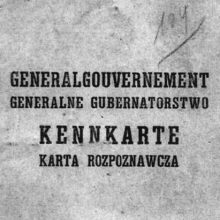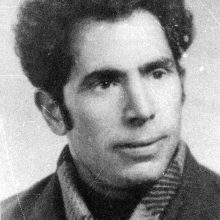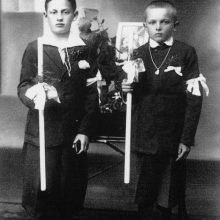The Nazi genocide of the Sinti and Roma
and the long struggle for recognition
and the long struggle for recognition
The Nazi genocide
of the Sinti and Roma and the
long struggle for recognition
of the Sinti and Roma and the
long struggle for recognition
„Racial Diagnosis:Gypsy“
Poland
After German troops marched in, thousands of Roma and Sinti became victims of mass executions by firing squads of the SS, the police and the armed forces. The victims were both Polish Roma and German Sinti who had been deported to the ‘General Government’ in May 1940. Many more met with a violent death in the ghettos and concentration camps. Roma and Sinti were also murdered in extermination camps at Chełmno, Bełżec, Sobibór, Treblinka, Majdanek and Auschwitz-Birkenau.

01 | This map of the ‘General Government’ shows the locations identified after the war where Roma and Sinti were murdered, often alongside Jews. Many Roma and Sinti on the run from murder squads hid in the mountains and forests. Many were found, shot on the spot, and then buried in mass graves. The exact […]
01

02 | Roma and Sinti in the forced labour camp at Bełżec, 1940 Archiwum Glównej Komisji Badania Zbrodni przeciwko Narodowi Polskiemu – Instytut Pamieci Narodowej, Warszawa
02

03 | A Roma prisoner at the Bełżec forced labour camp wearing an armband with a ‘Z’ for ‘Zigeuner’ [‘gypsy’]. United States Holocaust Memorial Museum, Photo Archives
03
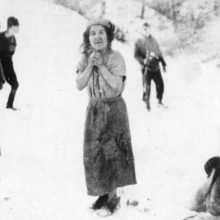
04 | ‘Gypsies’ in the ‘General Government’ executed by members of the SS and the ‘Ordnungspolizei’ [‘Order Police’] Archiwum Glównej Komisji Badania Zbrodni przeciwko Narodowi Polskiemu – Instytut Pamieci Narodowej, Warszawa
04

05 | Members of the Pawłowski family at a wedding reception in 1935. The five people on the right-hand side of the picture were later deported to Auschwitz; Antoni, Marcelina and Paweł Pawłowski (nos. 1–3) died there. Association of Roma in Poland
05
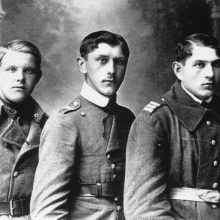
06.1 | Józef Piasny (right) was a sergeant in the Polish army after independence. During the Nazi occupation he was able to go into hiding. His son, who was also called Józef Piasny, was deported to Auschwitz and later died at a subcamp of the Mauthausen concentration camp. Association of Roma in Poland
06.1
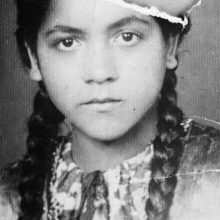
07 | Marianna Paczkowska was deported to the ‘gypsy camp’ at Auschwitz-Birkenau in March 1944 along with her family; her parents and brother died there. Marianna was sent to Ravensbrück concentration camp and later to the Wolkenburg subcamp. She was the only one of her family to survive the genocide. Association of Roma in Poland
07

08 | Mieczysław Paczkowski was sent to Germany for forced labour during the Second World War. He was able to escape to England, where he joined the Polish army in exile. Association of Roma in Poland
08
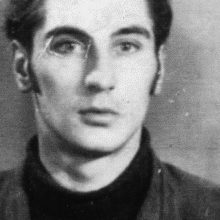
09 | Jan Buriański was arrested under a false name in November 1942 and deported to Auschwitz in March 1943, where he was imprisoned as a Polish political prisoner with the number 108955. He survived and was liberated in Gusen, a subcamp of the Mauthausen concentration camp. Association of Roma in Poland
09

10 | During the German occupation, Natalia Dymitrak was forced to flee her hometown of Cracow. Together with her grandmother she hid in a village. Her parents were murdered by the Nazis. Association of Roma in Poland
10
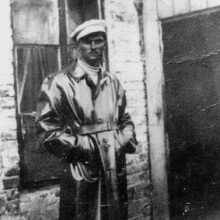
11 | Aleksy Kozłowski managed to escape from Lublin concentration camp. He lived on the run, undetected, to the end of the war. Association of Roma in Poland
11

12 | Reinhold Buriański (right) fought in the ranks of the Polish resistance against the Nazis. Association of Roma in Poland
12
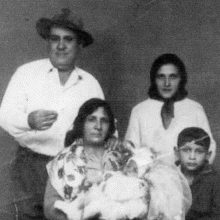
13 | Konstanty Kwiatkowski was a prisoner at the Płaszów concentration camp near Cracow. Association of Roma in Poland
13

14 | Enda Merstein was arrested in Cracow with her children during the Second World War. Her fate is unknown. Association of Roma in Poland
14
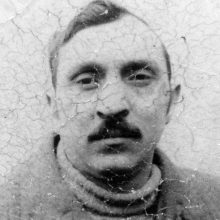
15 | Józef Kwiatkowski was arrested for assisting the Polish resistance and sent to Auschwitz. From there he was sent on a transport to the Reich. He was finally liberated at Bergen-Belsen concentration camp. Archives of the Auschwitz-Birkenau State Museum
15
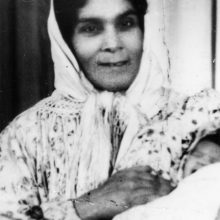
16 | Zofia Kwiatkowska was imprisoned in Auschwitz together with her husband Jan. Both survived the genocide. Archives of the Auschwitz-Birkenau State Museum
16

17 | Karolina Kwiatkowska was deported to Auschwitz in February 1943 and was later put on a transport to Ravensbrück. She was liberated in Germany. Archives of the Auschwitz-Birkenau State Museum
17
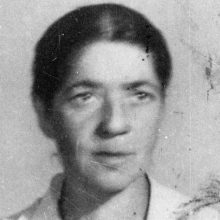
18 | Anna Michalewicz was sent to Auschwitz in February 1943 and later deported to the Reich territory to carry out forced labour. It was there that she was finally liberated. Archives of the Auschwitz-Birkenau State Museum
18

19 | Hanna Mirga arrived in Auschwitz in April 1943 as part of a collective transport. She was moved to Ravensbrück concentration camp in late 1944. She was liberated in Dortmund in April 1945. Archives of the Auschwitz-Birkenau State Museum
19
